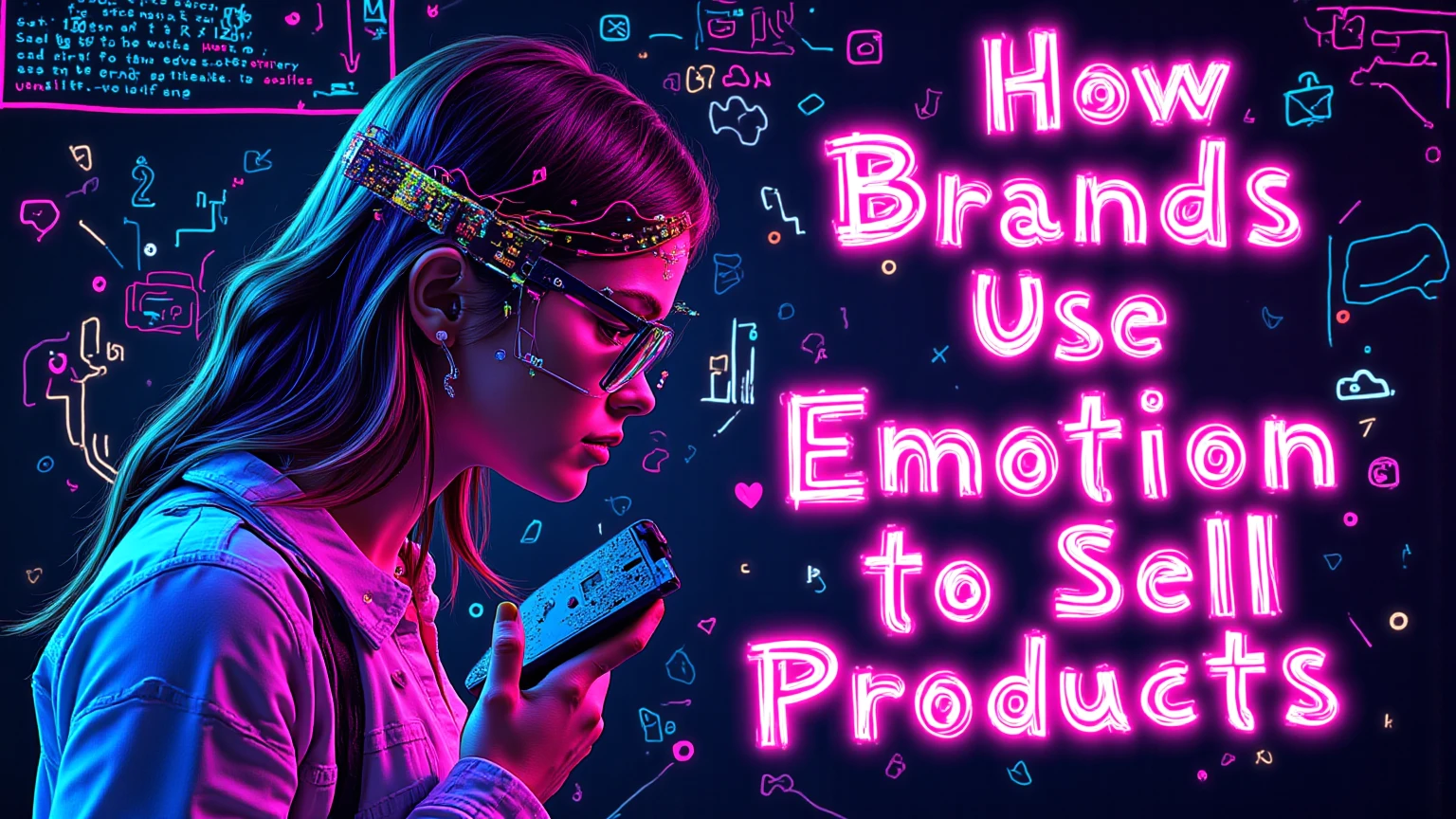How Brands Use Emotion to Sell Products (Not Just the Products Themselves)
When was the last time you bought something because of its technical features alone?
Probably not recently. In fact, many of the world’s most successful brands don’t just sell products—they sell feelings, experiences, and identities.
They tap into emotions that resonate deeply with their audience, making their offerings more than just items on a shelf.
This emotional connection is the secret sauce behind why people line up for the latest iPhone, spend thousands on a Rolex, or feel loyal to brands like Nike or Coca-Cola.
Let’s dive into how brands use emotion to drive sales and create lasting customer relationships, often without focusing on the product itself.
The Power of Emotional Marketing
Emotional marketing isn’t about listing product specs or detailing features. It’s about creating a narrative that triggers specific feelings—whether it’s happiness, belonging, status, or inspiration. Studies have shown that people rely heavily on emotions, rather than information, when making brand decisions. In fact, emotionally connected customers are more than twice as valuable as highly satisfied customers.
Why? Because emotions influence memory and decision-making. A product might be forgotten, but an emotion sticks.
Brands That Sell Emotions, Not Products
1. Apple: Selling Innovation and Identity
When Apple launches a new product, the focus isn’t on megapixels, processors, or battery life—though those details exist in the fine print. Instead, Apple sells innovation, creativity, and status. Their ads often feature individuals doing extraordinary things with their devices, reinforcing the idea that Apple products aren’t just tools—they’re enablers of greatness.
Owning an Apple device isn’t just about having a phone or laptop; it’s about identifying as someone who values sleek design, forward-thinking technology, and a certain level of prestige. Apple taps into the human desire to feel unique and ahead of the curve.
2. Rolex: Selling Status and Success
A Rolex watch tells time just like any other watch. But people don’t spend tens of thousands of dollars on a Rolex for its timekeeping accuracy. They buy it because it symbolizes success, luxury, and status.
Rolex doesn’t bombard consumers with technical watchmaking jargon. Instead, its marketing focuses on moments of achievement—like sports victories, business milestones, or life’s significant events. The brand makes you feel that owning a Rolex is proof you’ve “made it.” It’s not about the watch; it’s about what the watch says about you.
3. Nike: Selling Motivation and Empowerment
Nike’s iconic “Just Do It” slogan isn’t about shoes. It’s a call to action that taps into the universal desire for self-improvement and perseverance. Their ads often showcase athletes—both professional and everyday people—pushing their limits, overcoming obstacles, and striving for greatness.
Nike doesn’t just sell athletic wear; it sells the feeling that you, too, can achieve more, be stronger, and conquer your personal battles. The emotional hook? Inspiration and empowerment.
4. Coca-Cola: Selling Happiness and Togetherness
Coca-Cola isn’t just a fizzy drink; it’s a symbol of joy, nostalgia, and connection. Think about their holiday commercials with Santa Claus or the iconic “Share a Coke” campaign. The beverage itself takes a backseat to the emotions associated with sharing a Coke with friends and family, celebrating special moments, or reliving fond memories.
Why Emotional Marketing Works
- Emotions Drive Decisions: People make purchasing decisions based on how they feel, then justify them with logic afterward.
- Creates Brand Loyalty: Emotional connections foster strong brand loyalty. Customers are more likely to stick with brands that “get” them on an emotional level.
- Encourages Word-of-Mouth: When people feel emotionally connected to a brand, they’re more likely to recommend it to others.
- Differentiation in Crowded Markets: In industries where products are similar, emotional branding sets companies apart.
How to Apply This to Your Brand
- Know Your Audience: Understand what your audience cares about. What emotions drive their decisions?
- Tell a Story: Create narratives that connect your product to meaningful emotions.
- Focus on Benefits, Not Features: Show how your product makes life better, easier, or more fulfilling.
- Be Authentic: Emotional marketing only works if it feels genuine. Consumers can spot inauthenticity a mile away.
Final Thoughts
The most successful brands in the world don’t just sell products—they sell emotions. They make consumers feel something, whether it’s the thrill of innovation, the pride of success, the motivation to push boundaries, or the warmth of connection.
So, the next time you’re crafting a marketing campaign, don’t just ask, “What are we selling?” Ask, “What are we making people feel?”
That’s where the real magic happens.



